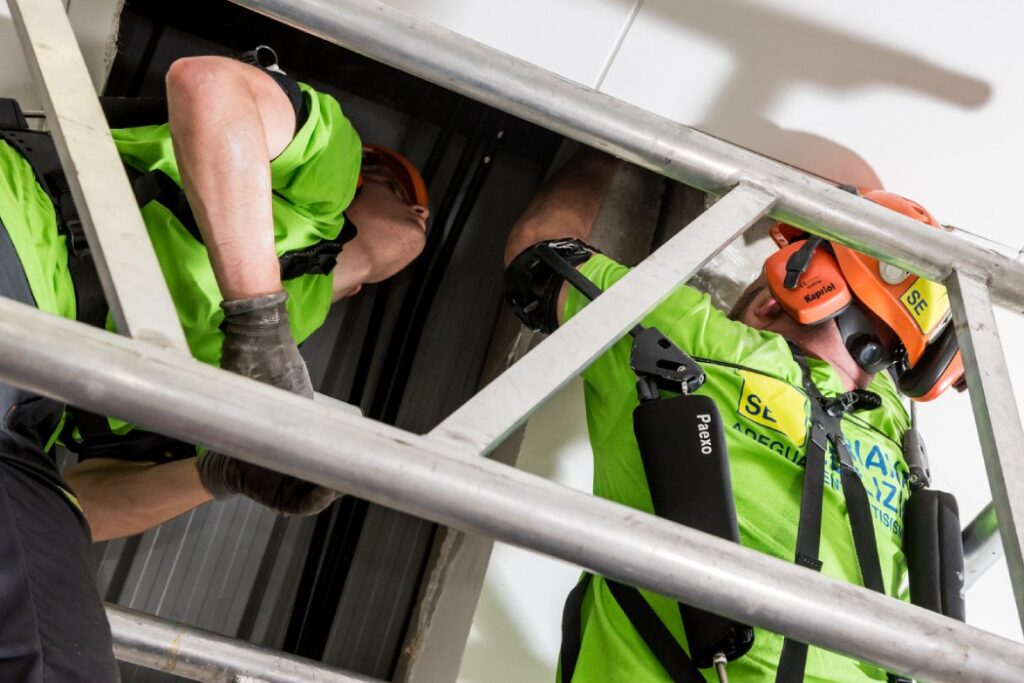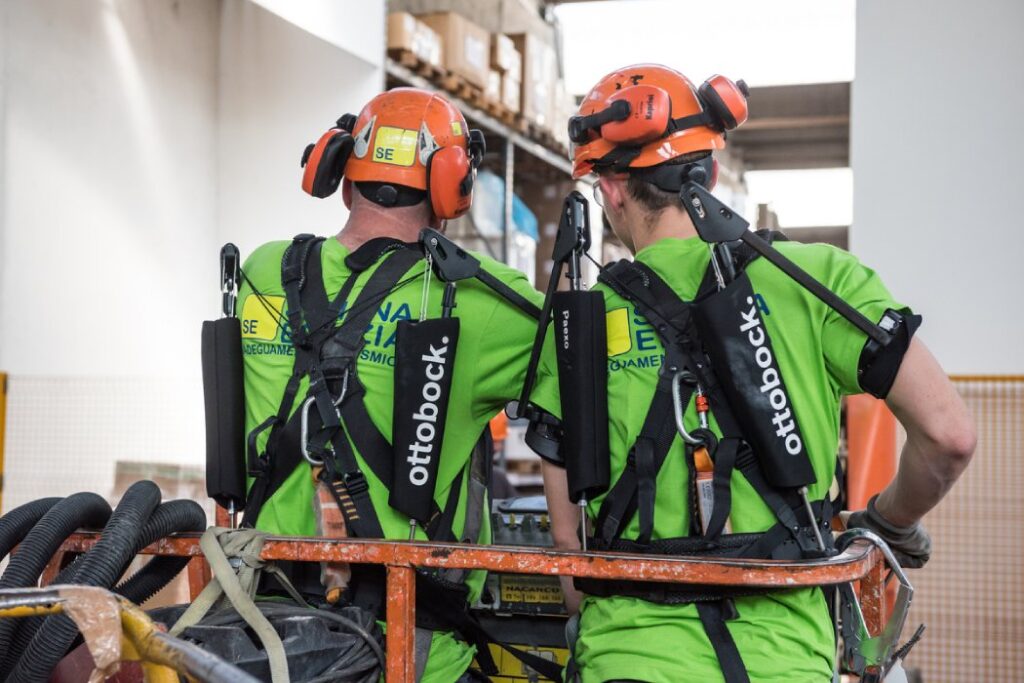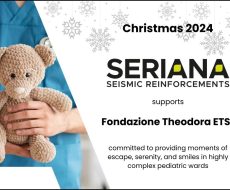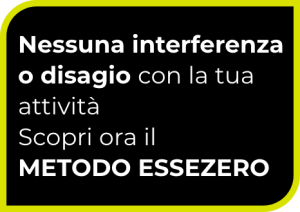
May 30, 2022
Exoskeletons in construction.
One of the most significant steps in the performance of seismic work on an existing building is the execution stage. For the highly specialized Seriana Edilizia teams, this stage not only entails a high level of accuracy, but is physically demanding too.
We always keep a close eye on innovation and take the health of our employees seriously. So, to make the team’s job as easy as possible, we have decided to test the use of exoskeletons to aid the site team in their manual work.

Through our collaboration with the company Homberger and their manufacturer Ottobock Bionic Exoskeletons, we have managed to test two of their “Paexo Shoulder” exoskeletons and assess possible more extensive future use of this useful and innovative technology.
“It is becoming more and more important for companies to continuously focus their attention on assessing all possible technical, operational and organizational opportunities for their business.
We can no longer look at this approach as being episodic given that market dynamics have essentially established a rate of change that leaves very little time to adapt.
One aspect to come out of research and development also relates to the need for a company to aim not just to establish its expertise, but to take it to the next level to gain an edge over the competition with its specialist knowledge.
Increasingly, the market is rewarding those who have something new to offer.
There was a saying once: “If you’re not moving forward, you’re falling back”; while this was absolutely true back then, it’s now more a case of “if you’re even thinking about not moving forward, you’re falling back!” Marco Daniele Bolis, Seriana Edilizia’s Head of R&D
Paexo Shoulder is a type of passive mechanical exoskeleton, in other words it does not run off batteries or any other external power source, and instead simply exploits mechanical and biomechanical principles, with the aim of alleviating manual work.
This model has been specifically designed to perform motor actions above shoulder height, which makes it suitable for any jobs where the operator is required to keep their arms up for an extended period of time, or where the individual is required to repeatedly lift equipment above their head and lower it again.
What is this exoskeleton like?
The Paexo Shoulder passive exoskeleton comprises two mechanical articulated joints attached to the biceps that wrap behind the shoulders and attach to a pelvic belt with special joints. A supporting harness wraps around the operator’s torso, connecting to the articulated joint’s mechanical arms, thus helping release the energy generated by raising the arms.
This exoskeleton has been developed by leveraging biomechanical principles that harness the operator’s movement and weight to make their job easier, transferring the arms’ physical effort to the hips, without putting strain on the back.

The model chosen – made entirely in Germany – is easy to wear and ergonomically designed for the body, with mechanisms that allow it to be adapted to suit operators of different heights and builds. It is not overly bulky and barely limits normal movement.
In our specific case, it was used to lift and lower metal plates used for local strengthening or for coring work performed above shoulder height. The members of our team estimated that, with the use of Paexo Shoulder, the perceived weight during these demanding operations was about 25% less, varying depending on the adjustments made.
“An exoskeleton is a significantly useful tool in our line of work; as in any field, there’s always room for fine-tuning.” Lorenzo Casini, one of the members of the site team who tested these exoskeletons.
The usefulness of exoskeletons
If the statistics are anything to go by, in Italy, 70% of reported workplace injuries are muscle and skeletal related, and shoulder issues make up 40% of these.
The use of exoskeletons is a method that helps prevent this kind of injury, reducing the strain on joints, supporting the load being carried and correcting the operator’s posture and movement. In addition, using an exoskeleton may help and support our workers, reducing fatigue and increasing comfort, which results in significantly improved quality of the work and increased focus and safety.
Occupational health and safety is one of Seriana Edilizia’s cardinal principles, and one of the cornerstone functions of our in-house R&D is devoted to exploring new practices and technologies to support people’s wellbeing.






